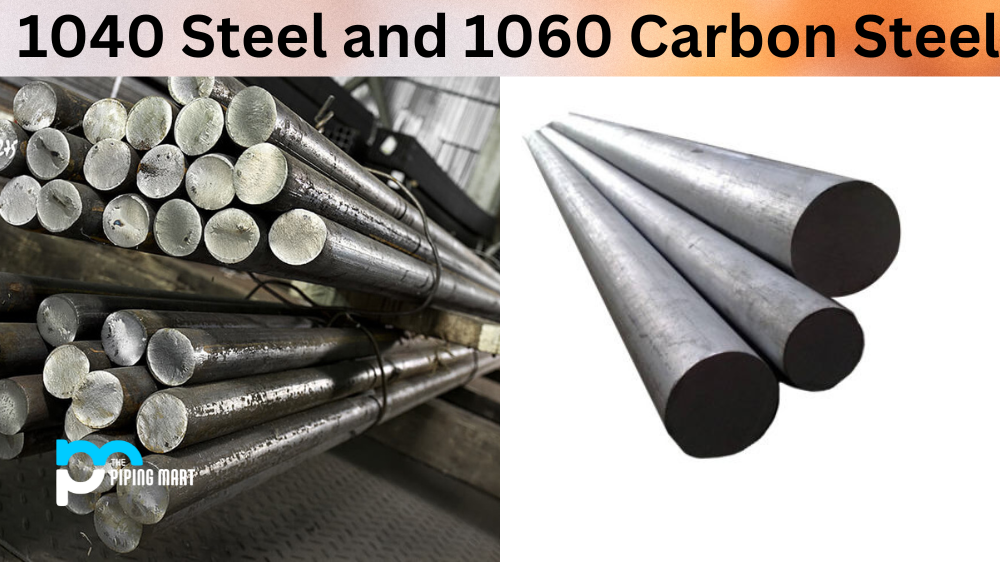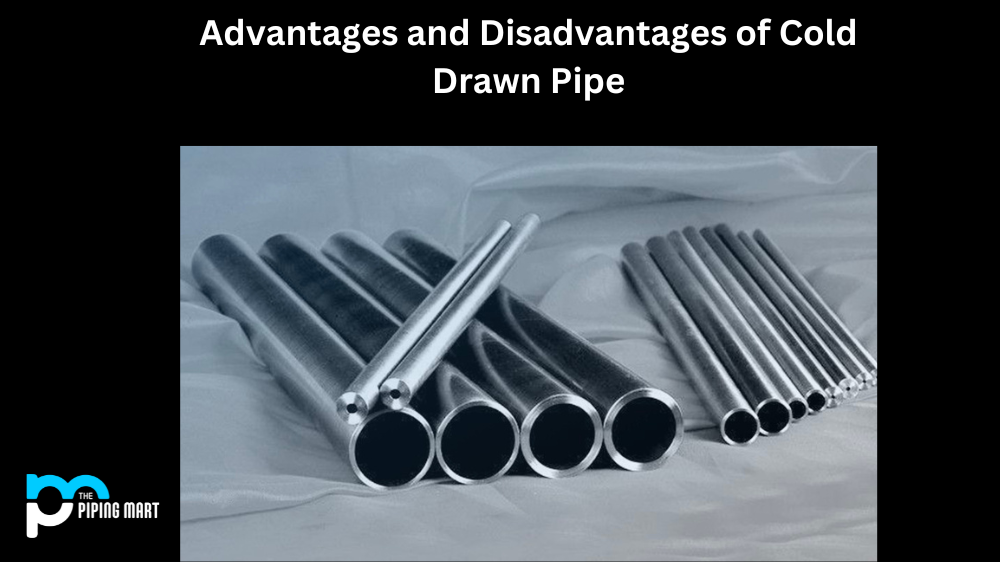When selecting a suitable steel material for your projects, it’s vital to understand the differences between various types of metals. Two of the most popular steel materials in the manufacturing industry are 1040 steel and 1060 carbon steel. Both materials have unique properties that make them ideal for specific applications. In this blog, we’ll explore the differences between the two and help you make an informed decision based on your project’s requirements.
What is 1040 Steel?
When it comes to industrial materials, the term “1040 Steel” might not immediately come to mind. However, this particular grade of steel has made a name for itself in various fields due to its remarkable strength and versatility. Essentially, 1040 Steel is a medium-carbon steel alloy that contains roughly 0.4% carbon, along with other trace elements to enhance durability and machinability. It can be used in a wide range of applications, from automotive components to industrial machinery and tools. One of the key benefits of 1040 Steel is its ability to be heat-treated for even greater strength and resilience. Whether you’re a metalworker or simply curious about industrial materials, 1040 Steel is definitely worth learning more about.
What is 1060 Steel?
When looking to purchase a new knife or sword, the material it is made of is just as important as the design. 1060 steel is a popular choice among knife and sword enthusiasts due to its strength and durability. This carbon steel contains 0.6% of carbon and is known for its ability to hold an edge. What sets 1060 steel apart is that it can be heat-treated to achieve high levels of hardness without becoming too brittle. In addition to making great blades, it is also commonly used in the construction of automotive parts, hand tools, and even musical instruments. Whether you’re a collector or someone who appreciates quality, 1060 steel is definitely a material worth considering when choosing your next blade.
Difference Between 1040 Steel and 1060 Carbon Steel
- 1040 steel is a medium carbon steel with a higher carbon content than 1018 steel.
- 1060 steel is a high-carbon steel with a higher carbon content than 1040 steel.
- 1040 steel is typically used for applications that require moderate strength and toughness.
- 1060 steel is typically used for applications that require high strength and hardness.
- 1040 steel is more weldable than 1060 steel, but both steel plates can be welded using all standard welding methods.
Conclusion
In conclusion, both 1040 steel and 1060 carbon steel have unique properties that make them ideal for specific applications. 1040 steel is a medium-carbon steel alloy that is strong, durable and has excellent machinability, making it suitable for industrial components. 1060 steel, on the other hand, is a high-carbon steel alloy with exceptional edge retention properties, making it suitable for knife blades and other cutting tools. When selecting a steel material for your project, it’s vital to consider your application’s requirements and select a suitable material to meet them.

Abhishek is a seasoned blogger and industry expert, sharing his insights and knowledge on various topics. With his research, Abhishek offers valuable insights and tips for professionals and enthusiasts. Follow him for expert advice on the latest trends and developments in the metal industry.




